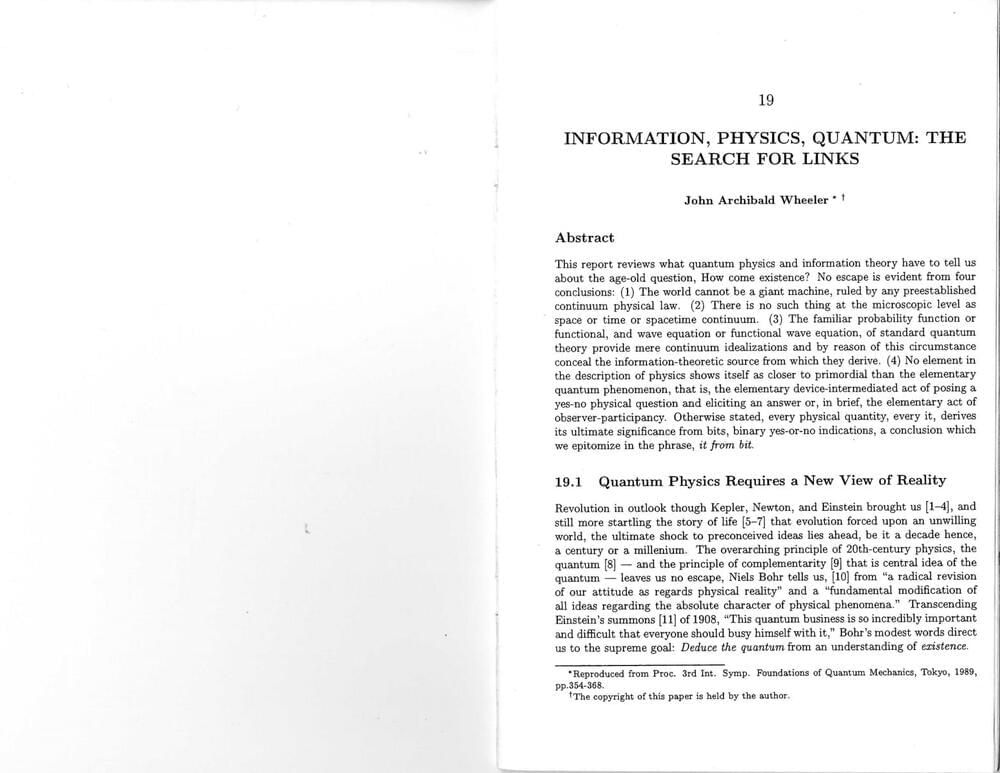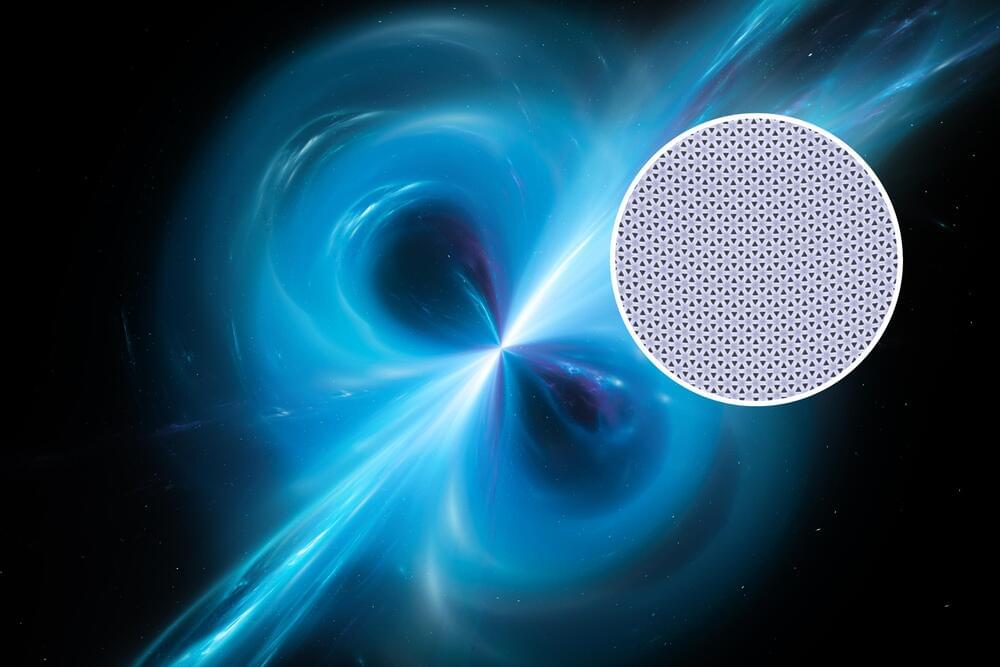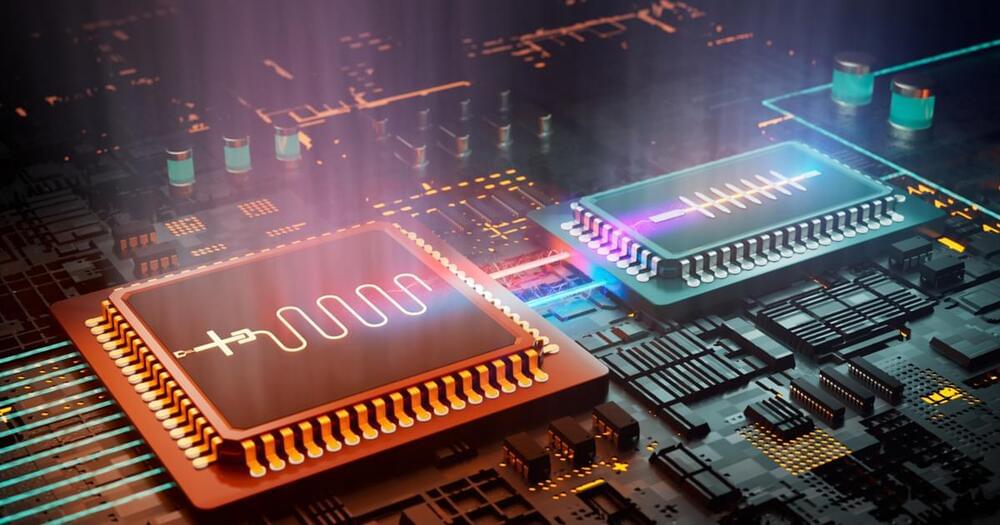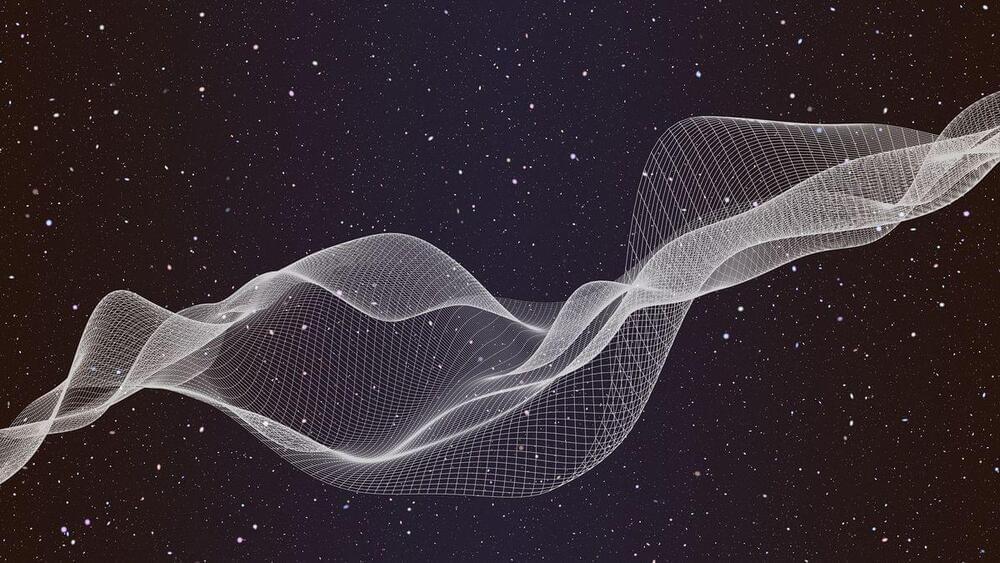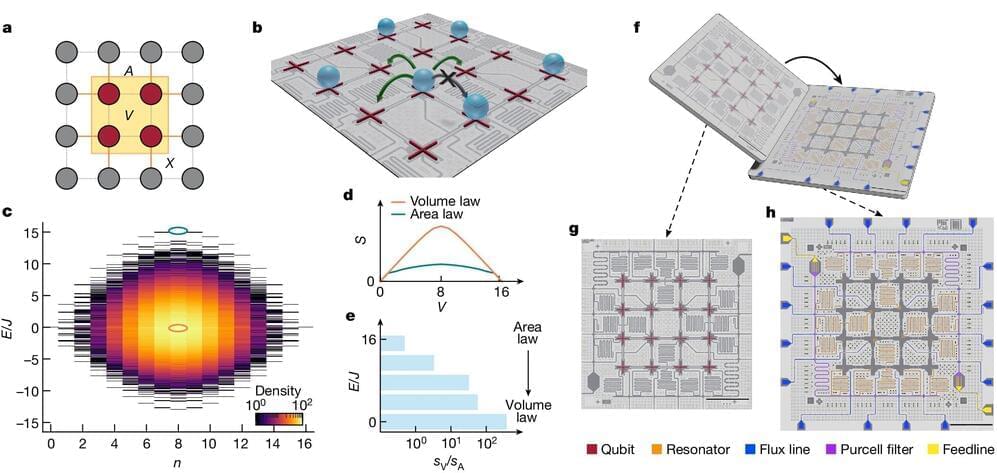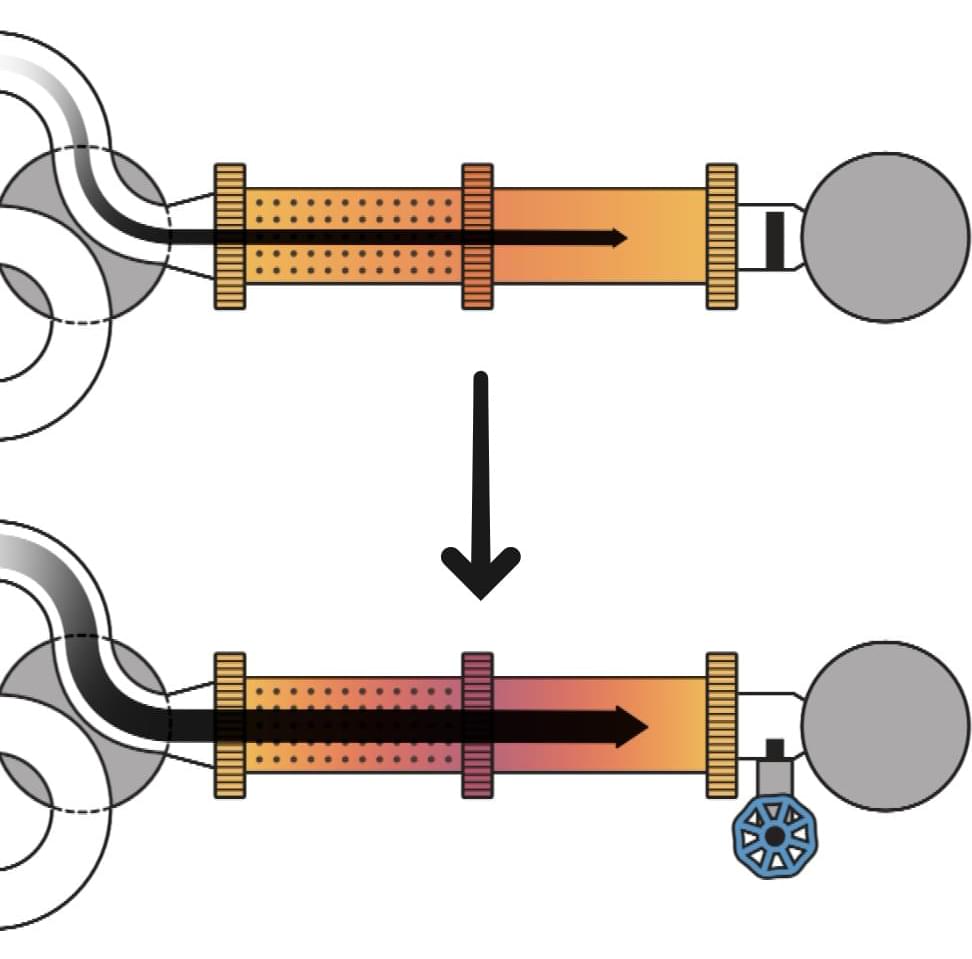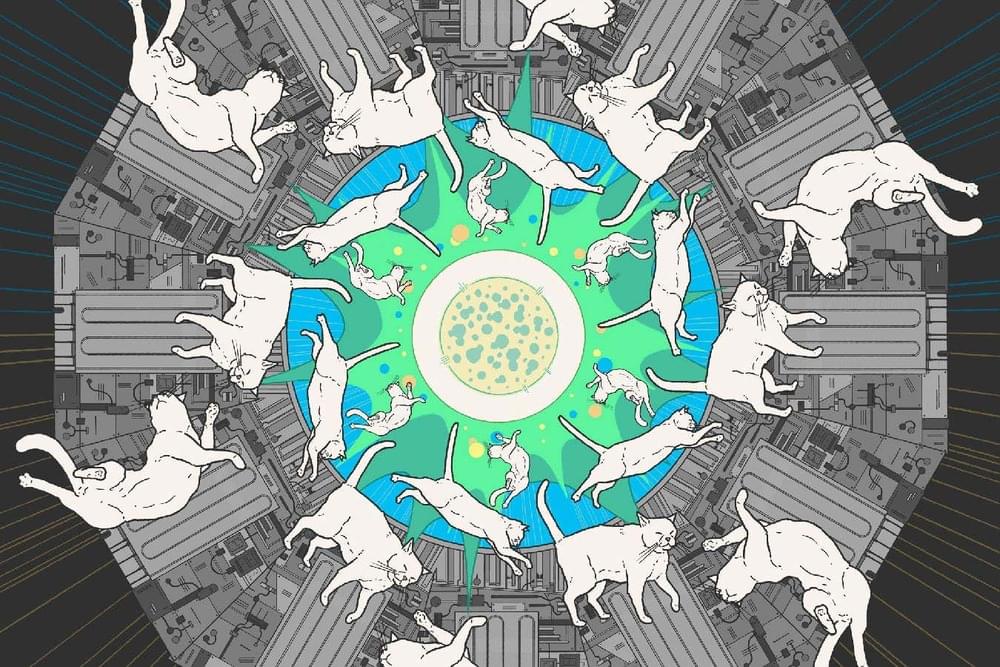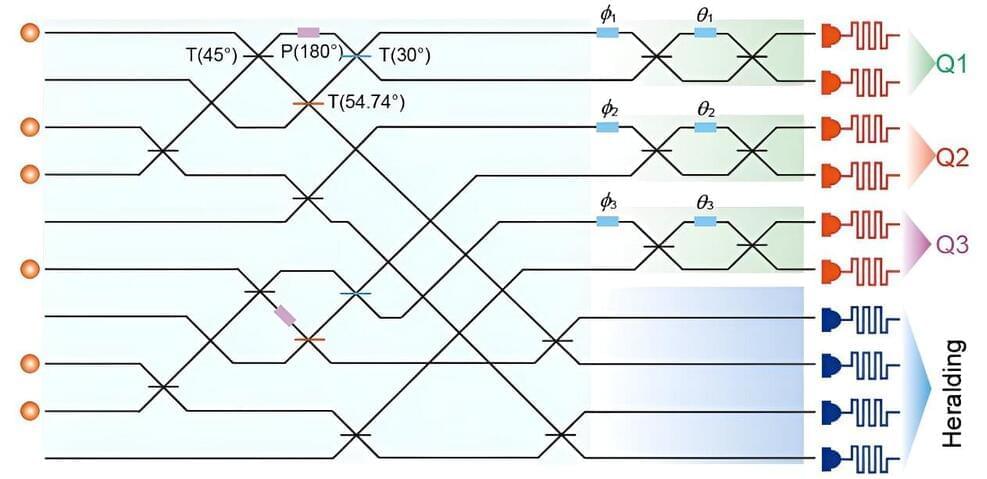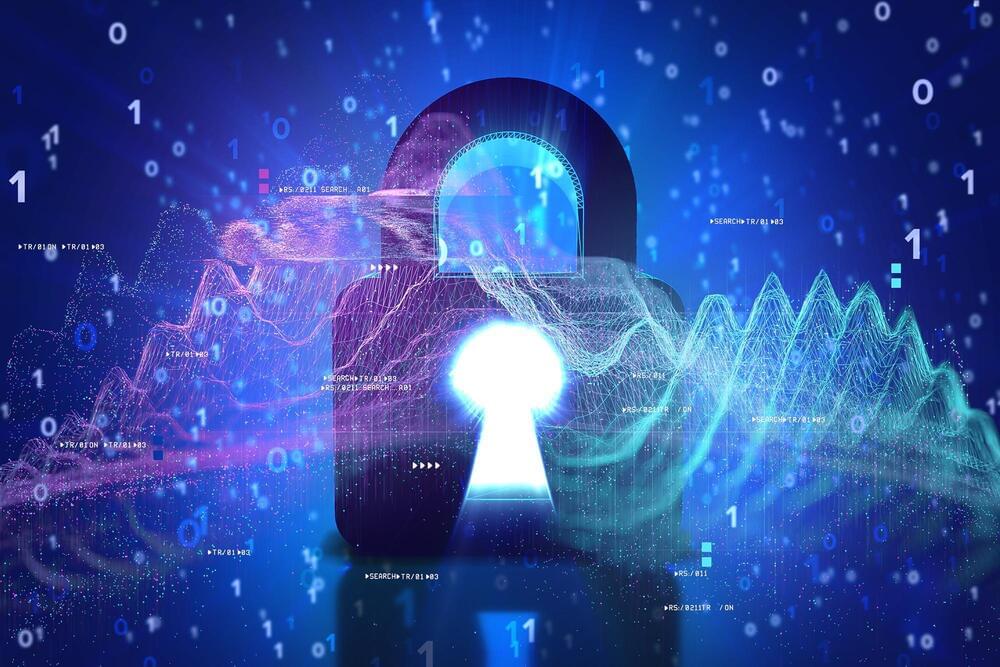Archive for the ‘quantum physics’ category: Page 3
Apr 26, 2024
Compact Quantum Light Processing: Time-Bending Optical Computing Breakthrough
Posted by Dan Breeden in categories: computing, particle physics, quantum physics
An international collaboration of researchers, led by Philip Walther at University of Vienna, have achieved a significant breakthrough in quantum technology, with the successful demonstration of quantum interference among several single photons using a novel resource-efficient platform. The work published in the prestigious journal Science Advances represents a notable advancement in optical quantum computing that paves the way for more scalable quantum technologies.
Interference among photons, a fundamental phenomenon in quantum optics, serves as a cornerstone of optical quantum computing. It involves harnessing the properties of light, such as its wave-particle duality, to induce interference patterns, enabling the encoding and processing of quantum information.
In traditional multi-photon experiments, spatial encoding is commonly employed, wherein photons are manipulated in different spatial paths to induce interference. These experiments require intricate setups with numerous components, making them resource-intensive and challenging to scale.
Apr 26, 2024
Light brought ‘to a halt’ in quantum breakthrough
Posted by Dan Breeden in categories: innovation, quantum physics
The bizarre feat can be achieved in special, two-dimensional crystals by deforming them only slightly, a new study discovered.
Apr 26, 2024
New method of measuring qubits promises ease of scalability in a microscopic package
Posted by Dan Breeden in categories: computing, quantum physics
Scaling up qubit counts in quantum computers is at the core of achieving quantum supremacy.
Among the troublesome hurdles of this scaling-up race is refining how qubits are measured. Devices called parametric amplifiers are traditionally used to do these measurements. But as the name suggests, the device amplifies weak signals picked up from the qubits to conduct the readout, which causes unwanted noise and can lead to decoherence of the qubits if not protected by additional large components. More importantly, the bulky size of the amplification chain becomes technically challenging to work around as qubit counts increase in size-limited refrigerators.
Cue the Aalto University research group Quantum Computing and Devices (QCD). They have a hefty track record of showing how thermal bolometers can be used as ultrasensitive detectors, and they just demonstrated in an April 10 Nature Electronics paper that bolometer measurements can be accurate enough for single-shot qubit readout.
Apr 26, 2024
Tweak to Schrödinger’s cat equation could unite Einstein’s relativity and quantum mechanics, study hints
Posted by Paul Battista in categories: information science, particle physics, quantum physics
Physicists have proposed modifications to the infamous Schrödinger’s cat paradox that could help explain why quantum particles can exist in more than one state simultaneously, while large objects (like the universe) seemingly cannot.
Apr 25, 2024
Scientists tune the entanglement structure in an array of qubits
Posted by Genevieve Klien in categories: computing, particle physics, quantum physics
Entanglement is a form of correlation between quantum objects, such as particles at the atomic scale. The laws of classical physics cannot explain this uniquely quantum phenomenon, yet it is one of the properties that explain the macroscopic behavior of quantum systems.
Because entanglement is central to the way quantum systems work, understanding it better could give scientists a deeper sense of how information is stored and processed efficiently in such systems.
Qubits, or quantum bits, are the building blocks of a quantum computer. However, it is extremely difficult to make specific entangled states in many-qubit systems, let alone investigate them. There are also a variety of entangled states, and telling them apart can be challenging.
Apr 25, 2024
The Big Quantum Chill: NIST Scientists Modify Common Lab Refrigerator to Cool Faster With Less Energy
Posted by Dan Breeden in categories: computing, quantum physics, space
From stabilizing qubits (the basic unit of information in a quantum computer) to maintaining the superconducting properties of materials and keeping NASA’s James Webb Space Telescope cool enough to observe the heavens, ultracold refrigeration is essential to the operation of many devices and sensors. For decades, the pulse tube refrigerator (PTR) has been the workhorse device for achieving temperatures as cold as the vacuum of outer space.
These refrigerators cyclically compress (heat) and expand (cool) high pressure helium gas to achieve the “Big Chill,” broadly analogous to the way a household refrigerator uses the transformation of freon from liquid to vapor to remove heat. For more than 40 years, the PTR has proven its reliability, but it is also power-hungry, consuming more electricity than any other component of an ultralow temperature experiment.
Apr 25, 2024
A new kind of experiment at the LHC could unravel quantum reality
Posted by Genevieve Klien in category: quantum physics
The Large Hadron Collider is testing entanglement in a whole new energy range, probing the meaning of quantum theory – and the possibility that an even stranger reality lies beneath.
Apr 25, 2024
Demonstration of heralded three-photon entanglement on a photonic chip
Posted by Shailesh Prasad in categories: computing, particle physics, quantum physics
Photonic quantum computers are computational tools that leverage quantum physics and utilize particles of light (i.e., photons) as units of information processing. These computers could eventually outperform conventional quantum computers in terms of speed, while also transmitting information across longer distances.
Despite their promise, photonic quantum computers have not yet reached the desired results, partly due to the inherently weak interactions between individual photons. In a paper published in Physical Review Letters, researchers at University of Science and Technology of China demonstrated a large cluster state that could facilitate quantum computation in a photonic system, namely three-photon entanglement.
“Photonic quantum computing holds promise due to its operational advantages at room temperature and minimal decoherence,” Hui Wang, co-author of the paper, told Phys.org.
Apr 25, 2024
Space Age Security: How Satellites Could Extend Quantum Encryption Globally
Posted by Saúl Morales Rodriguéz in categories: computing, encryption, engineering, internet, quantum physics, satellites, security
How can we guarantee that data sent over the internet is only accessible to its intended recipient? Currently, our data is secured using encryption methods based on the premise that factoring large numbers is a complex task. However, as quantum computing advances, these encryption techniques may become vulnerable and potentially ineffective in the future.
Encryption by means of physical laws
Tobias Vogl, a professor of Quantum Communication Systems Engineering, is working on an encryption process that relies on principles of physics. “Security will be based on the information being encoded into individual light particles and then transmitted. The laws of physics do not permit this information to be extracted or copied. When the information is intercepted, the light particles change their characteristics. Because we can measure these state changes, any attempt to intercept the transmitted data will be recognized immediately, regardless of future advances in technology,” says Tobias Vogl.
